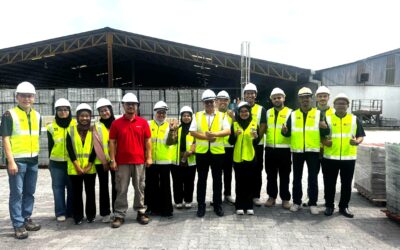By Gregory C. Beroza, Margarita Segou & S. Mostafa Mousavi
A new generation of earthquake catalogs developed through supervised machine-learning illuminates earthquake activity with unprecedented detail. Application of unsupervised machine learning to analyze the more complete expression of seismicity in these catalogs may be the fastest route to improving earthquake forecasting. The past 5 years have seen a rapidly accelerating effort in applying machine learning to seismological problems. The serial components of earthquake monitoring workflows include: detection, arrival time measurement, phase association, location, and characterization. All of these tasks have seen rapid progress due to effective implementation of machine-learning approaches. They have proven opportune targets for machine learning in seismology mainly due to the large, labeled data sets, which are often publicly available, and that were constructed through decades of dedicated work by skilled analysts. These are the essential ingredient for building complex supervised models. Progress has been realized in research mode to analyze the details of seismicity well after the earthquakes being studied have occurred, and machine-learning techniques are poised to be implemented in operational mode for real-time monitoring. We will soon have a next generation of earthquake catalogs that contain much more information. How much more? These more complete catalogs typically feature at least a factor of ten more earthquakes and provide a higher-resolution picture of seismically active faults.
https://www.nature.com/articles/s41467-021-24952-6



